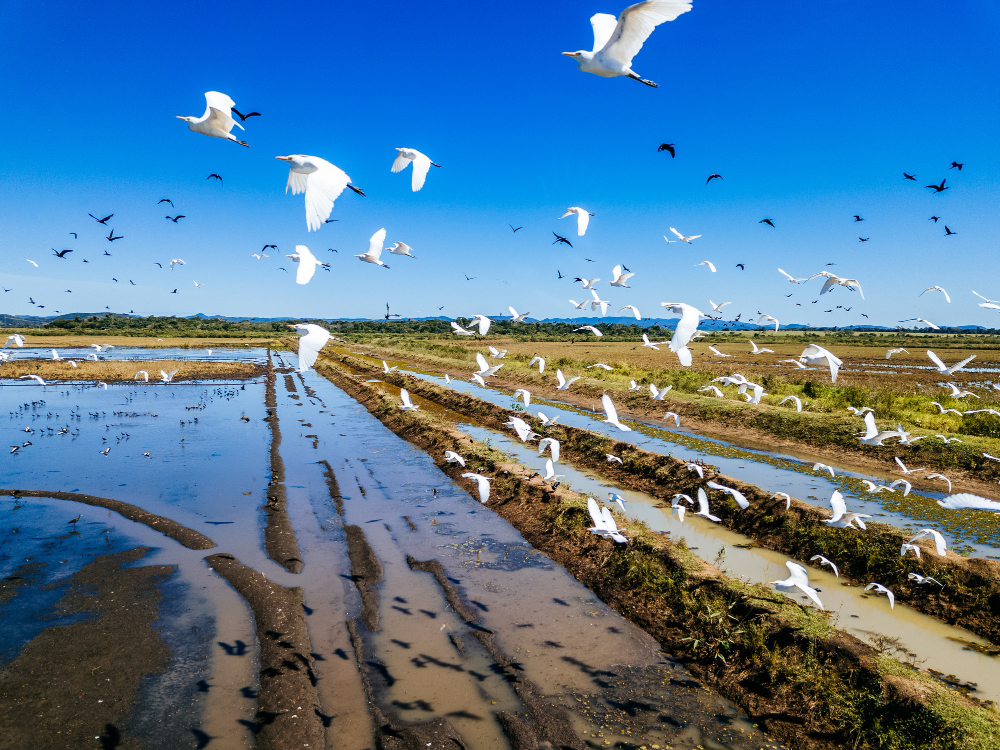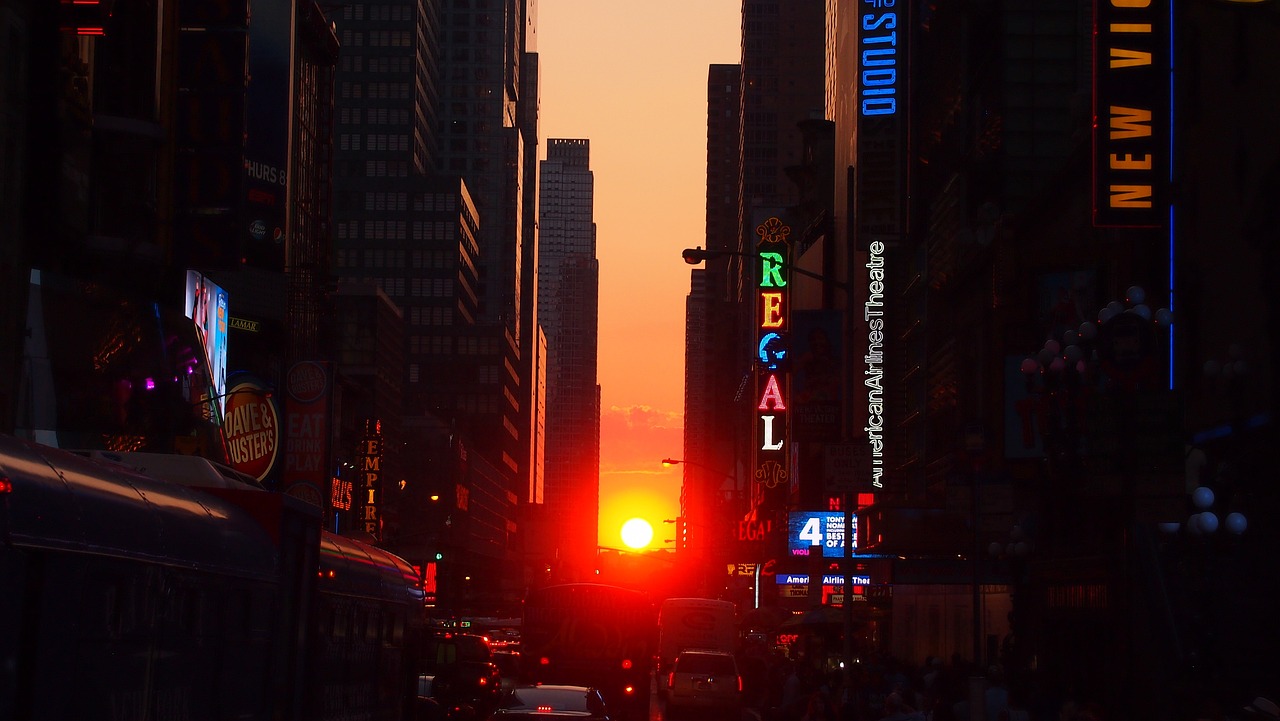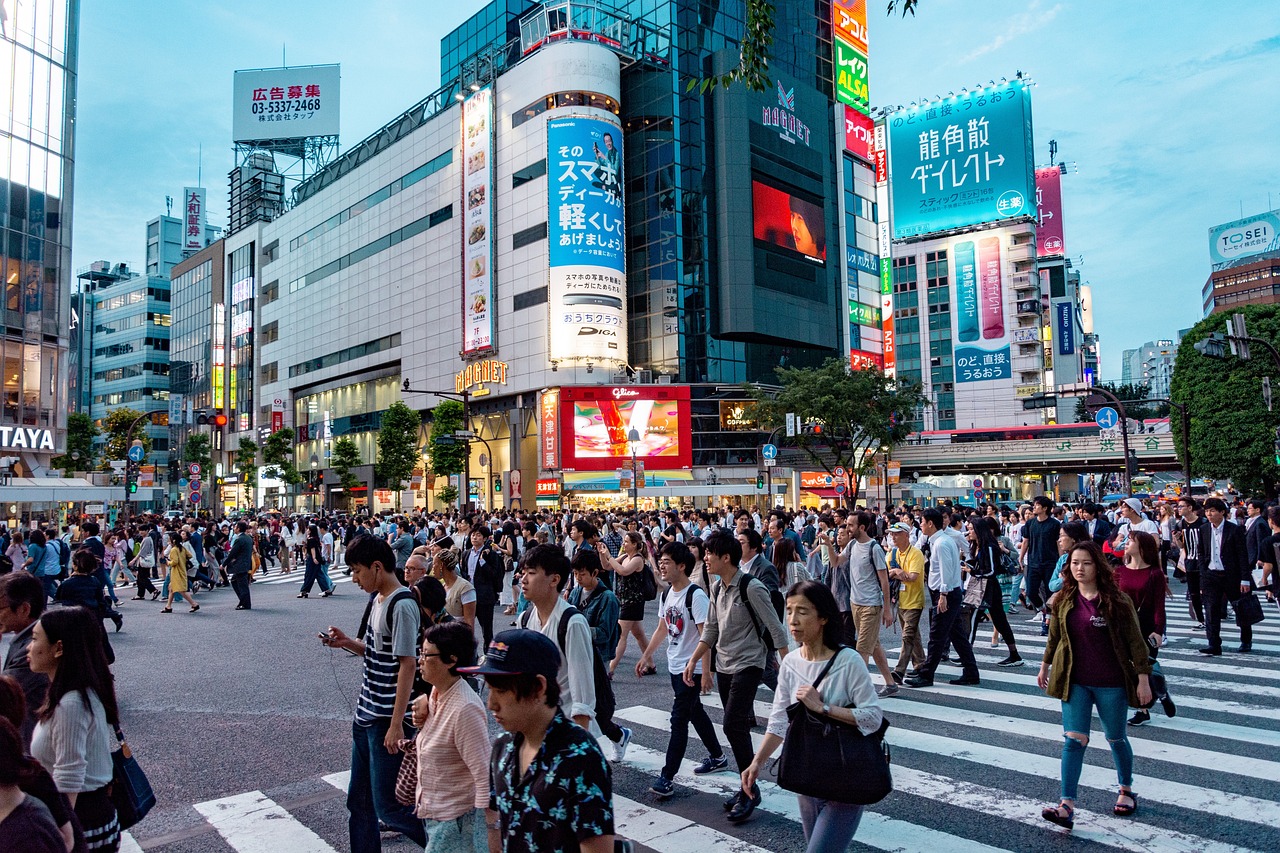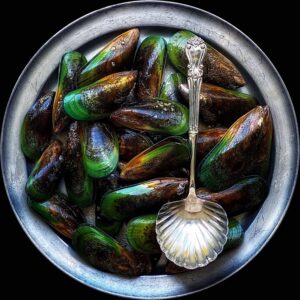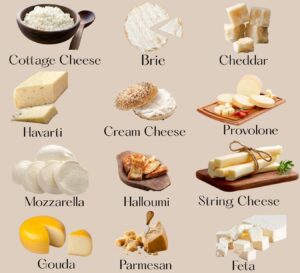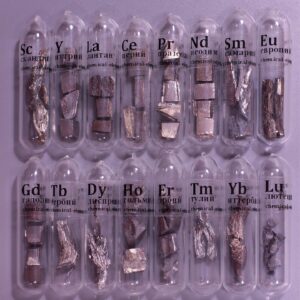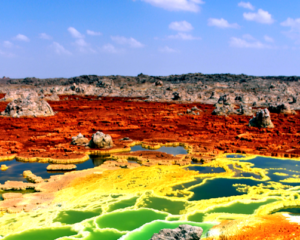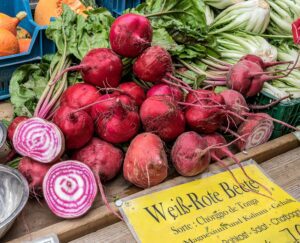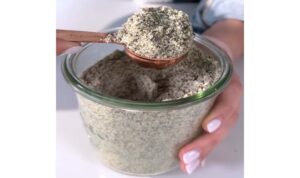 Pin
Pin Image by Елизавета Кардасева from Pixabay
Many of us don’t give a second thought to the food we eat daily. But surprisingly, foods banned in other countries continue to be consumed freely in homes across the globe. It’s a silent cultural divide that reflects how nations prioritize safety, tradition, or ethics in dramatically different ways.
Take, for instance, something as innocent as a colorful breakfast cereal or a juicy chicken nugget. What’s a lunchbox staple in one country might be blacklisted in another due to health concerns, banned additives, or environmental impact. It makes you wonder how something so normal here could raise alarm elsewhere.
Table of Contents
1. Kinder Surprise – Banned for the Toy, Not the Treat
 Pin
Pin Image by Rebecca Scholz from Pixabay
The Kinder Surprise egg is a childhood favorite in many parts of the world—a chocolate shell with a tiny toy hidden inside. But in the United States, this sweet surprise is actually illegal. The reason? It’s not the chocolate, but the toy.
U.S. regulations prohibit any food product from containing “non-nutritive objects” inside. Authorities worry the hidden toy could pose a choking hazard to children. As a result, Customs officers have even confiscated these treats from travelers unaware of the ban, sometimes handing out hefty fines.
Ironically, Kinder Surprise eggs are legal and wildly popular across Europe, where they’re seen as harmless fun when properly labeled. The contrast shows how laws can differ drastically—even when they aim to protect the same people. For American kids, the beloved egg is more myth than memory, banned not for flavor, but for fear. It’s a reminder that sometimes, it’s not what’s in our food—but what’s hiding inside—that stirs debate.
2. Farm-Raised Salmon – A Colorful Controversy
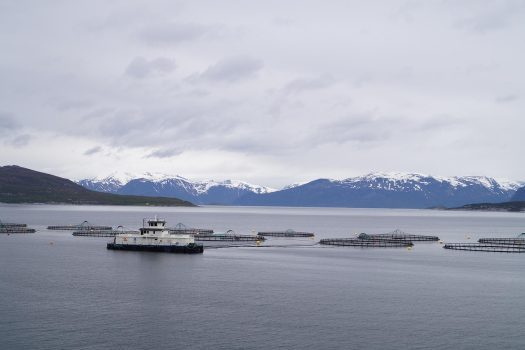 Pin
Pin Image by Gerd Meissner from Pixabay
In countries like Australia and New Zealand, farm-raised salmon has come under fire—not because of the fish itself, but because of what it’s fed. These nations have banned certain types of artificial coloring added to salmon feed to make the fish appear pinker and more appealing.
The natural diet of wild salmon gives them that signature pink-orange hue. But farmed salmon often lacks those nutrients, so producers use synthetic astaxanthin to mimic the color. Critics argue that these additives aren’t just cosmetic—they could carry unknown long-term health risks.
Meanwhile, in places like the U.S. and Canada, farmed salmon is widely available, and the artificial coloring is considered safe when labeled correctly. Still, the ban abroad sends a powerful message about food integrity. It’s not just about looks—it’s about honesty on your plate. So next time you slice into a salmon fillet, ask yourself: is that color nature-made, or science-enhanced?
3. Ractopamine Pork – A Hormonal Divide
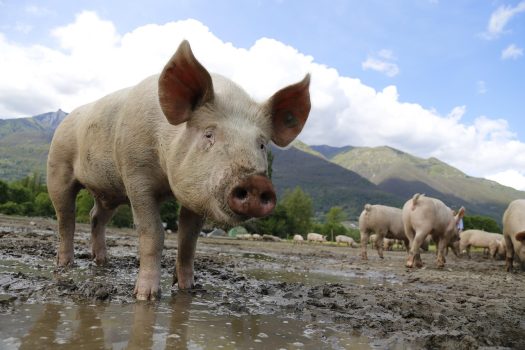 Pin
Pin Image by Jai79 from Pixabay
Pork lovers in the U.S. may never realize their bacon or sausage links are part of a larger global dispute. Many American pigs are raised with a growth drug called ractopamine, which helps produce leaner meat more efficiently. But this very compound has led to pork being banned in over 150 countries, including China, Russia, and the European Union.
Health authorities in those regions have raised concerns about ractopamine’s potential effects on the heart and nervous system. Even small traces of the drug in meat have stirred safety debates. To them, the risk simply isn’t worth the extra efficiency on the farm.
Yet in the U.S., the FDA considers it safe within limits, and most consumers have never even heard of it. The gap in regulation creates a strange scenario—what’s sold freely in one country might be rejected entirely in another. It’s not just pork on the line—it’s trust, transparency, and how much say you really have in what ends up on your fork.
4. Foie Gras – A Delicacy Under Debate
 Pin
Pin Billede af jacqueline macou fra Pixabay
Foie gras, a luxury dish made from the fattened liver of ducks or geese, is a controversial symbol of culinary indulgence. In countries like India and the U.K., this dish is banned due to ethical concerns about how it’s produced. The process involves force-feeding birds to enlarge their livers—something animal rights activists call inhumane.
Supporters argue that foie gras is a centuries-old tradition, especially cherished in French cuisine. They claim it can be made ethically with proper care, and that the bans stem from cultural misunderstanding rather than cruelty. Still, the visual of force-feeding doesn’t sit well with many.
In parts of the U.S., the debate rages on, with cities like New York and San Francisco passing bans, only to face legal battles and backlash from chefs. The foie gras debate isn’t just about taste—it’s about tradition, ethics, and how far we’re willing to go for gourmet pleasure. It’s luxury, yes—but at what cost?
5. Brominated Vegetable Oil – The Soda Ingredient That Sparked Alarm
 Pin
Pin Image by healthcastle
Crack open a citrus-flavored soda in the U.S., and you might be sipping on brominated vegetable oil, or BVO—a chemical added to prevent ingredients from separating. But in countries like Japan and across the European Union, BVO is banned due to potential health concerns, particularly around its main ingredient: bromine.
Bromine is also used in flame retardants, and studies have linked high exposure to memory loss, skin irritation, and thyroid issues. While soda companies argue that BVO is used in tiny, safe amounts, international health agencies didn’t take the risk lightly. They chose to remove it from the equation entirely.
Faced with growing pressure, some American brands have begun phasing BVO out voluntarily. But plenty of lesser-known sodas still carry it. It’s a strange twist—what’s banned as a fire-safety chemical abroad is still bubbling away in some drinks back home. The label might list it, but how many people actually look?
6. Artificial Food Dyes – The Colorful Chemicals Under Fire
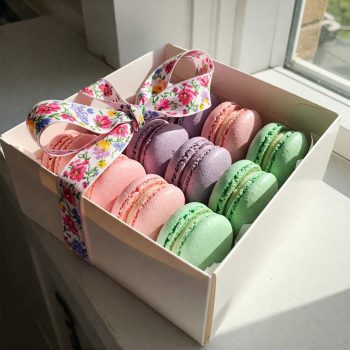 Pin
Pin Image by ehab kadry from Pixabay
Bright blue candies, vivid orange chips, and neon cereals—these eye-catching treats often get their colors from artificial dyes like Yellow 5, Red 40, or Blue 1. While legal in the U.S., several of these synthetic dyes are banned in countries such as Norway, Austria, and the U.K., where regulations tend to be more cautious.
The concern centers on potential behavioral effects in children and long-term health risks. Some studies suggest a possible link between artificial dyes and hyperactivity or allergic reactions. European regulators have taken a strict approach, requiring warning labels or outright banning certain dyes in children’s food.
In the U.S., however, these dyes remain common in processed snacks and cereals, with manufacturers defending their use as safe and effective. Still, some American brands offer dye-free versions abroad, acknowledging the difference in consumer expectations. It’s a subtle example of how the same product can tell a different story—depending on where you open the package.
7. Olestra – The Fat-Free Shortcut That Backfired
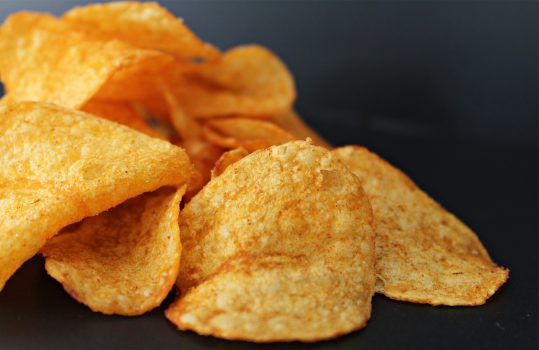 Pin
Pin Image by Werner Weisser from Pixabay
Back in the 1990s, Olestra was hailed as a revolutionary fat substitute—one that let people enjoy chips and snacks without absorbing the fat. But the excitement didn’t last. Reports of cramps, digestive distress, and the infamous “anal leakage” quickly turned this ingredient into a cautionary tale.
While still approved for limited use in the U.S., Olestra has been banned in countries like Canada and the U.K., where food authorities flagged its side effects and questioned its necessity. For them, it was a shortcut with consequences, not a health innovation worth keeping.
Interestingly, some American brands still use Olestra in “light” or “fat-free” products, though it’s far less common than it once was. Its legacy lingers more as a warning than a success. It’s a reminder that replacing natural ingredients with engineered ones doesn’t always lead to better outcomes—especially when your body disagrees.
8. Potassium Bromate – Bread’s Quiet Additive
 Pin
Pin Image from Wikimedia Commons
Potassium bromate is used in many commercial bread products across the U.S. for one simple reason—it helps dough rise higher and bake fluffier. But in countries like the U.K., Brazil, and the European Union, this common additive is banned. The concern? Potential links to cancer in laboratory studies.
Though U.S. regulations allow small amounts of potassium bromate and require it to be reduced during baking, critics argue that residues may still linger. This has led advocacy groups to push for a nationwide ban, citing public health and the availability of safer alternatives.
Despite the warnings, potassium bromate continues to be used quietly in countless loaves, buns, and rolls across supermarkets and fast food chains. Most consumers remain unaware it’s even there. This silent additive represents a broader issue—how invisible ingredients shape our daily diets without our full consent. Sometimes, what you don’t see on your plate is the most important part.
9. Raw Milk – Nature’s Controversial Sip
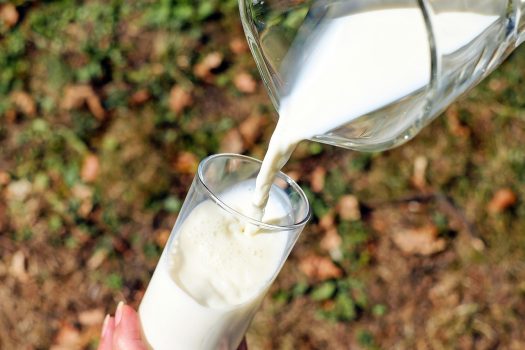 Pin
Pin Image by Couleur from Pixabay
Raw milk, straight from the cow and unpasteurized, has a loyal following of people who believe it’s more nutritious and better tasting than its processed counterpart. But in countries like Canada and parts of Australia, selling raw milk for human consumption is outright banned due to safety risks.
The concern revolves around harmful bacteria like E. coli, Listeria, and Salmonella, which pasteurization is designed to eliminate. Public health officials argue that without this step, even a single sip of raw milk can carry serious consequences, especially for children or those with weakened immunity.
Supporters, however, see raw milk as a natural, nutrient-rich product that’s been unfairly vilified. In the U.S., laws vary widely—some states allow farm sales, others ban it entirely. The debate walks a fine line between freedom of choice and protecting public health. In the end, raw milk is more than a beverage—it’s a battleground of belief, science, and trust in modern food systems.
10. Instant Noodles with Lead – A Scandal That Shook Trust
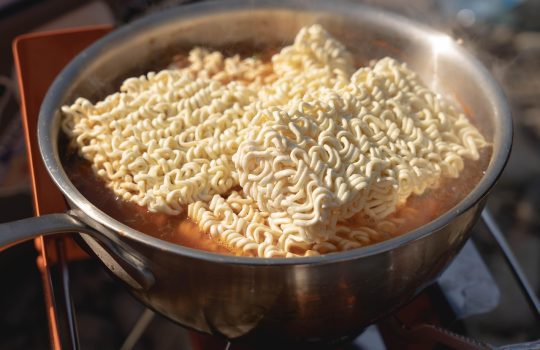 Pin
Pin Image by Jk Lee from Pixabay
In 2015, India witnessed a massive uproar when lab tests found excess levels of lead and monosodium glutamate (MSG) in a beloved household staple—Maggi instant noodles. The revelation sent shockwaves across the country, leading to an immediate ban in several states and the removal of millions of packets from shelves.
The controversy wasn’t just about the ingredients; it exposed deep cracks in food safety monitoring and public trust. Nestlé, the manufacturer, denied any wrongdoing, but public health agencies stood firm until further testing cleared the product months later. The noodles eventually returned—but not without a scar on their legacy.
While the ban was temporary, the fear lingered. Some countries still monitor imported noodle brands closely, and discussions around lead content in processed foods continue. This case remains a reminder that even comfort food can become controversial when transparency breaks down. Sometimes, the danger isn’t just in what’s added—but in what’s hidden, ignored, or overlooked.
A Plateful of Perspectives
Food is deeply personal. What we eat shapes our culture, comforts us in hard times, and connects us to memories and family. But as this list of banned foods shows, those everyday bites come with unseen boundaries—borders drawn not by geography, but by values, science, and history.
When a breakfast cereal is banned in Norway or a pork product is rejected in Europe, it’s not always about fear or paranoia. Sometimes, it’s about drawing the line differently—putting precaution ahead of convenience or tradition before taste. And that difference can be eye-opening.
Knowing what’s allowed elsewhere forces us to look more closely at our own habits. It nudges us to read labels, ask questions, and think beyond flavor. These foods, once just familiar comfort items, now carry a story—a reminder that what’s normal here might be unthinkable elsewhere. And that maybe, just maybe, food should nourish not only our bodies, but also our awareness.
FAQs
They’re banned due to health risks, banned additives, or ethical concerns based on each country’s food safety laws.
Yes, the original Kinder Surprise is banned in the U.S. because of a law against embedding toys inside edible items.
Some countries ban it due to synthetic dyes used to color the fish, which they consider unsafe.
It depends on the state. Some allow raw milk sales, others ban it due to bacteria risk.
The FDA says yes, but over 150 countries ban it over concerns about its effects on health.




